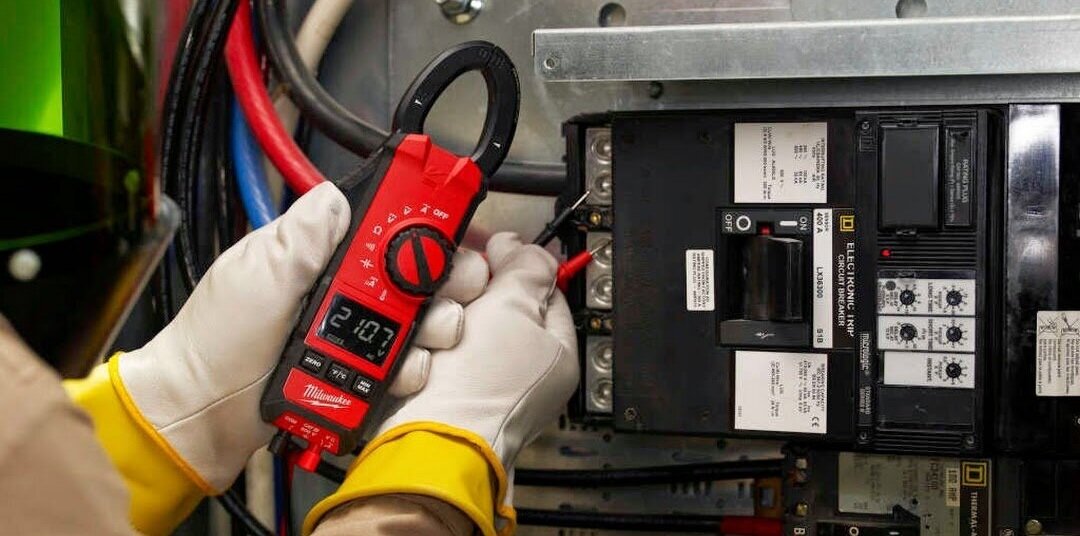Leading Tips for Effective Electric System Troubleshooting
Troubleshooting electrical systems calls for a systematic strategy, grounded in a detailed understanding of electrical principles and security procedures. By acquainting oneself with circuit components, using necessary tools, and adhering to an organized analysis technique, professionals can effectively recognize and deal with problems. However, the nuances of reliable repairing prolong past simple technical knowledge; comprehending exactly how to record searchings for and focus on safety and security can considerably affect outcomes. As we explore these crucial components further, it ends up being clear that understanding this process is not simply helpful however essential for success in the area.
Understand the Fundamentals
Comprehending the essentials of electrical systems is vital for reliable troubleshooting, as a solid structure allows service technicians to detect and fix problems a lot more effectively. A comprehensive understanding of electrical concepts, such as voltage, existing, resistance, and power, is crucial in identifying the origin of issues. Voltage is the electrical prospective distinction that drives present via a circuit, while resistance opposes the flow of existing, affecting the general functionality of the system.
Familiarity with circuit elements, including resistors, capacitors, diodes, and changes, is additionally vital. Each part plays a distinct duty in circuit actions and can impact performance when malfunctioning. Furthermore, comprehending series and parallel circuit setups is essential, as these setups influence the circulation of voltage and present within the system.
Professionals have to be conscious of possible threats, such as shock and brief circuits, to carry out secure troubleshooting practices. By grasping these fundamental ideas, service technicians enhance their capacity to perform reliable diagnostics and repairs, eventually leading to boosted efficiency and integrity of electric systems (electrical system troubleshooting).
Gather Necessary Equipment
Reliable troubleshooting of electrical systems calls for the right set of devices to detect and deal with issues properly. A well-equipped technician can substantially enhance effectiveness and effectiveness in determining issues. Vital devices include a multimeter, which gauges voltage, present, and resistance, enabling for exact evaluations of electrical parts. Clamp meters are also important for gauging existing without detaching the circuit, ensuring security and ease.
Furthermore, shielded hand devices such as screwdrivers, pliers, and cable pole dancers are important for securely manipulating electrical links. It is additionally a good idea to have a circuit tester handy to verify the presence of voltage in electrical outlets and wires. For more facility systems, a thermal imaging cam can assist spot overheating components, suggesting prospective failings.

Follow a Systematic Technique
Having collected the ideal devices, the following step in troubleshooting electric systems is to follow a methodical technique. A methodical method ensures that service technicians can determine faults successfully and accurately, lessening downtime and preventing unnecessary repair services.
Begin by examining the system's schematic representations and requirements. Understanding the design and operational parameters will certainly give context for diagnosing problems. Next off, isolate the issue area by using a procedure of removal. This entails monitoring each element systematically, beginning with the power source and working towards the lots.
Make more helpful hints use of screening devices, such as multimeters and oscilloscopes, to collect unbiased data concerning voltage, existing, and resistance at various points within the system. This empirical proof will assist your troubleshooting efforts and help to verify or eliminate prospective reasons for failure.
Additionally, think about ecological aspects that might affect the system's efficiency, such as temperature level variations or wetness ingress. A comprehensive inspection of electrical wiring, connections, and parts will certainly make certain that all opportunities are accounted for.
File Your Searchings For
Complete documents is essential in the fixing procedure of electrical systems. This method not only aids in comprehending the origin reason of the problem however also serves as a reference for future fixing initiatives.

In addition, maintaining a log of components replaced or fixings performed is very useful. This info supports supply administration and can aid examine the durability and integrity of certain elements.
Eventually, the documents process ought to be extensive yet concise, allowing simple retrieval and testimonial - electrical system troubleshooting. By prioritizing detailed paperwork, specialists can create an important data base that not just aids in current troubleshooting however additionally equips future maintenance initiatives, thus improving total system integrity

Prioritize Safety Steps
Recognizing the integral threats linked with electrical systems is critical for guaranteeing security during troubleshooting. Electrical shock, burns, and tools damage are simply a few of the possible dangers that professionals encounter. Prioritizing precaution is not just a lawful responsibility however additionally an ethical necessary look these up that safeguards both the service technician and the surrounding environment.
Before commencing any troubleshooting job, service technicians should put on ideal personal safety equipment (PPE), including protected handwear covers, safety and security glasses, and flame-resistant clothing. Making sure that the workspace is dry and totally free of mess can dramatically reduce the risk of accidents. It is crucial to de-energize circuits prior to starting any work, confirming that they are not live with the use of a multimeter or voltage tester.
Establishing clear communication protocols with staff member is also important; this ensures that every person knows possible threats and the standing of the electric system being dealt with. Finally, having an emergency situation action strategy in position can show indispensable in case of an event. By focusing on precaution, professionals can successfully alleviate threats and foster a safer workplace.
Conclusion
Effective electric system troubleshooting depends on a thorough understanding of fundamental concepts and a systematic method. Focusing on safety and security steps makes certain the well-being of individuals entailed and the honesty of the electrical system.